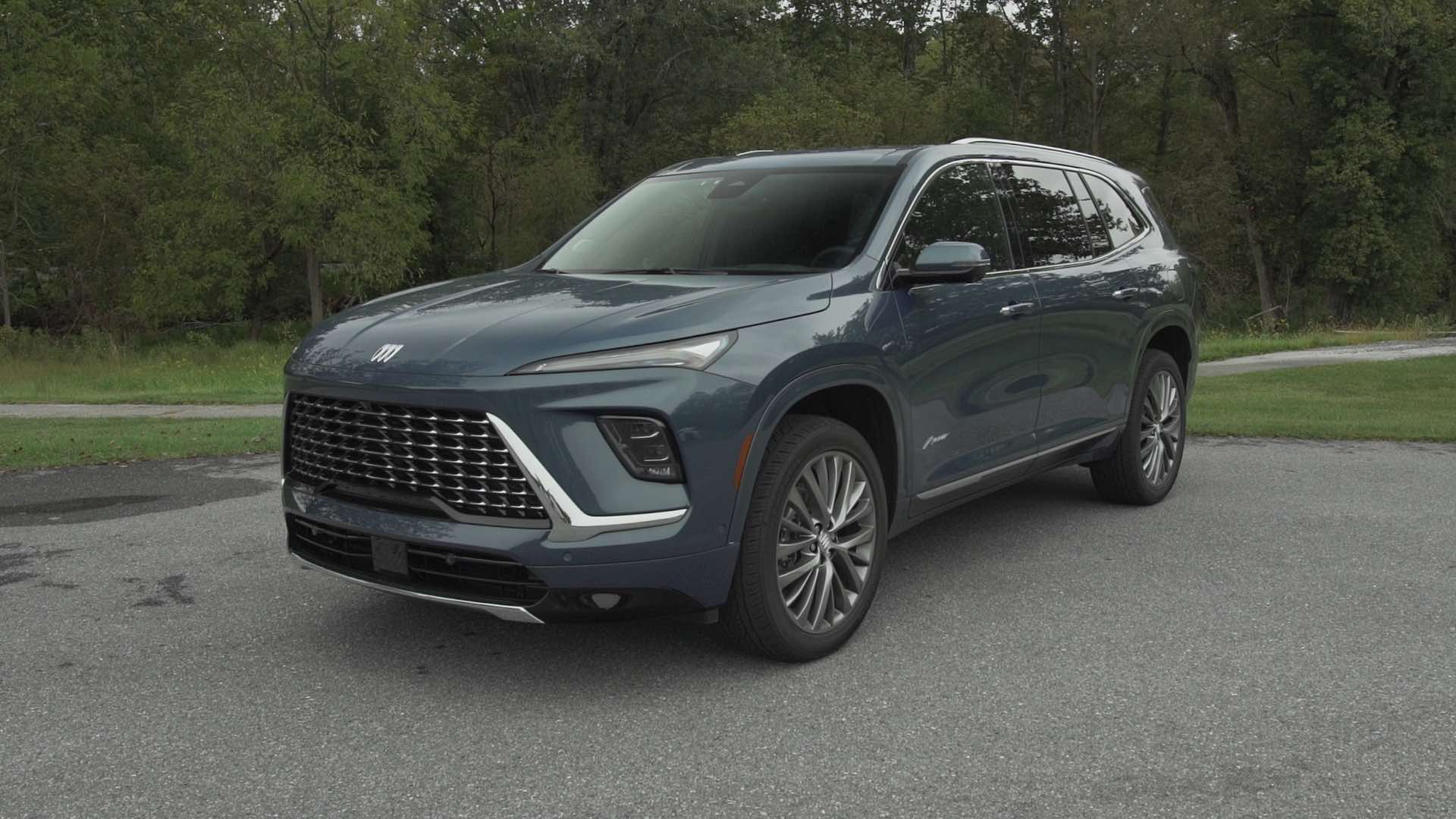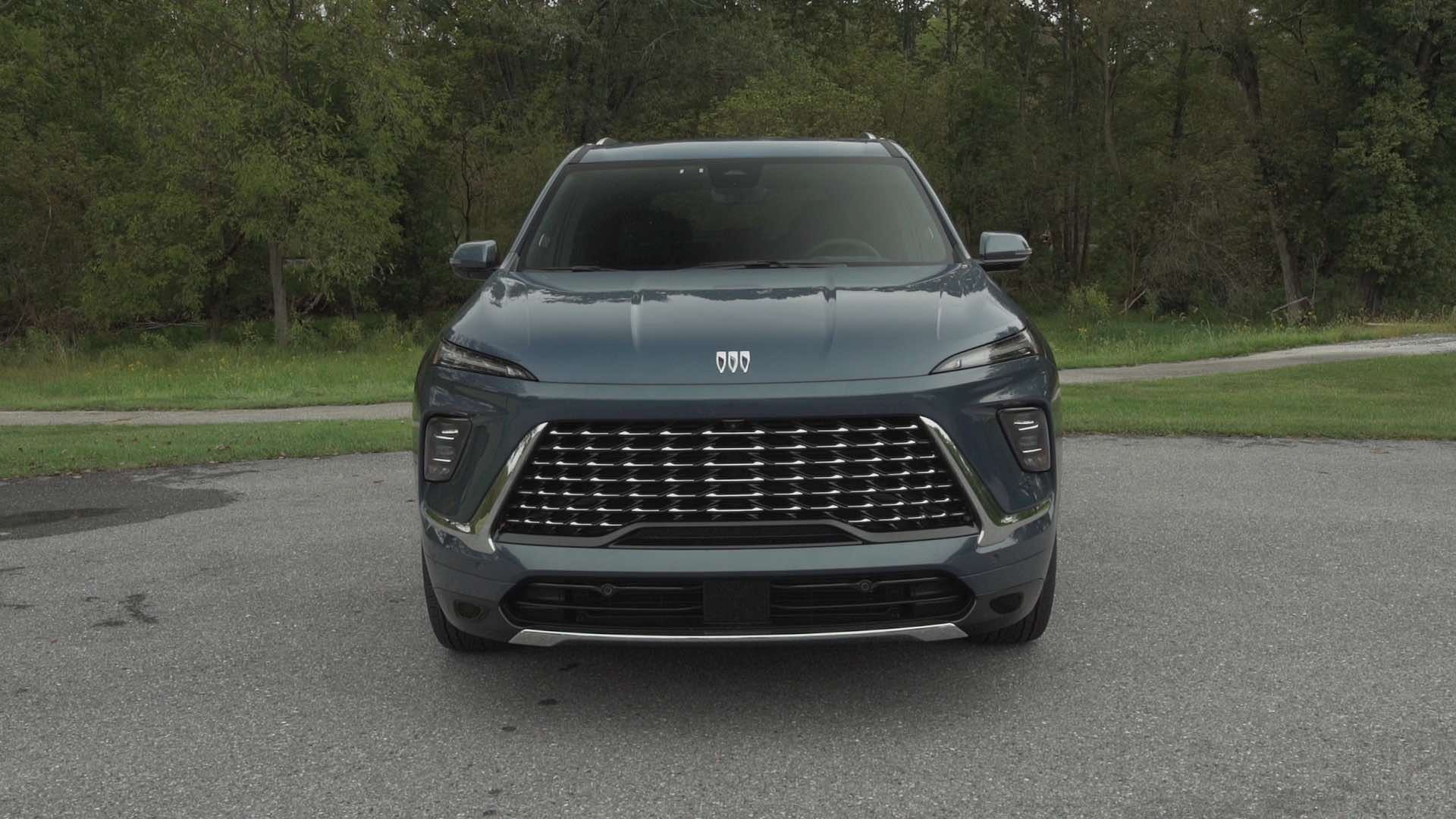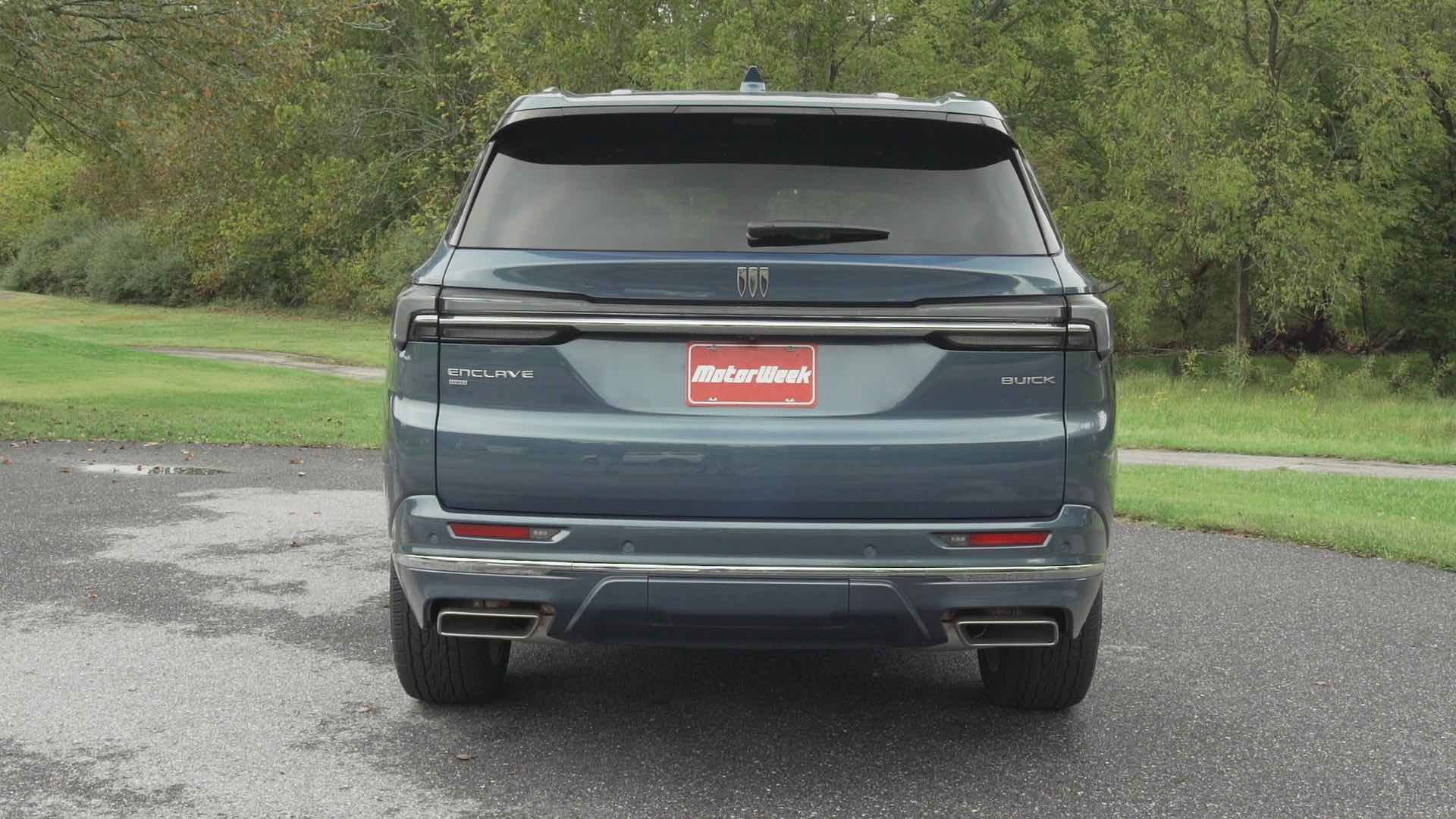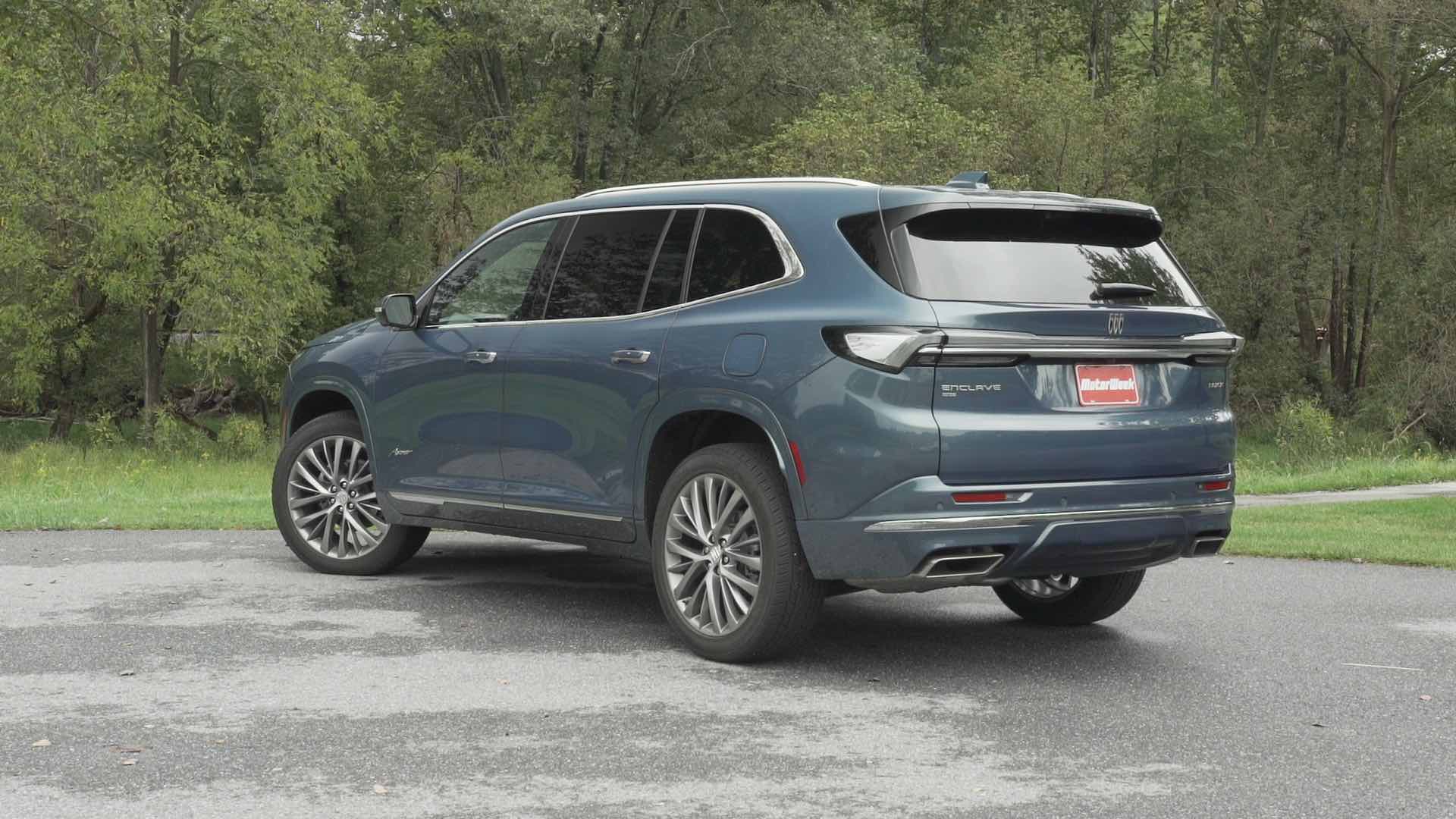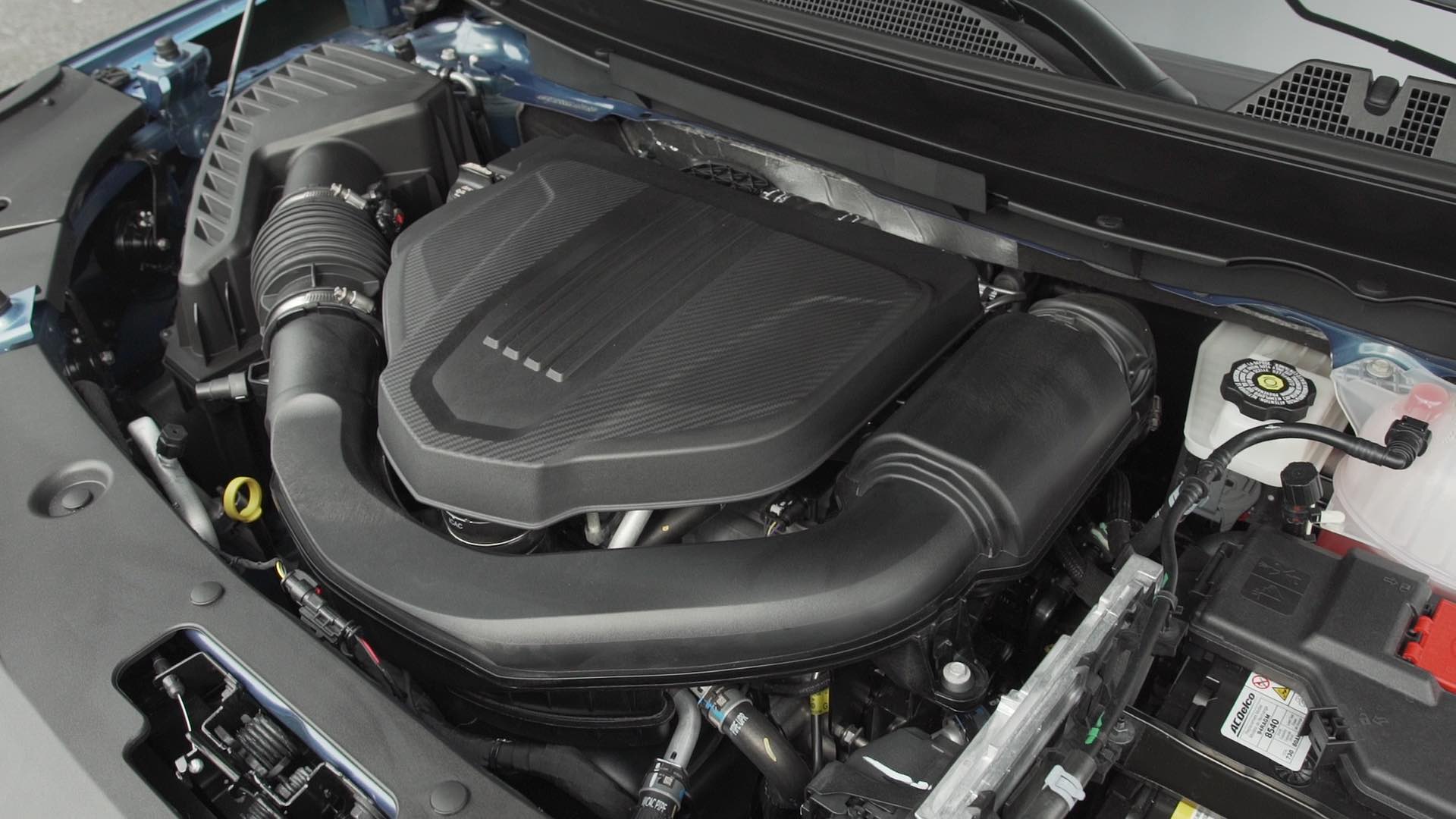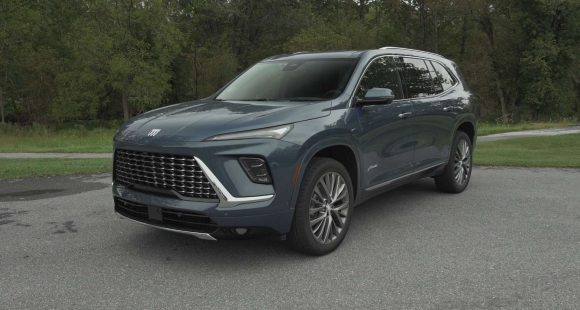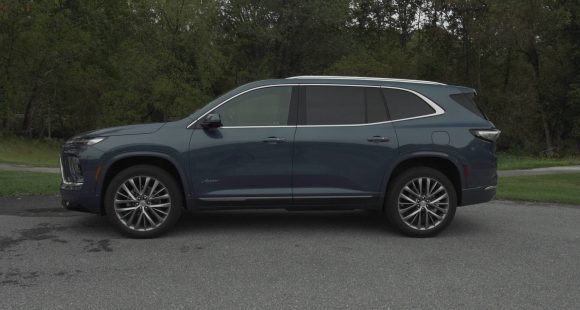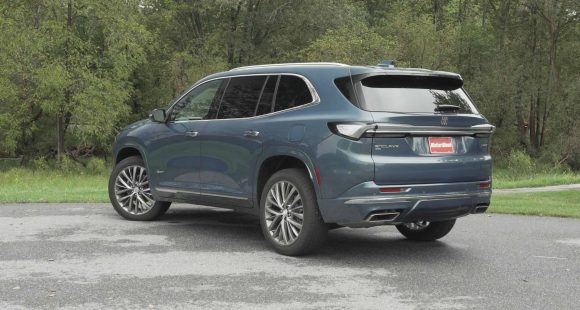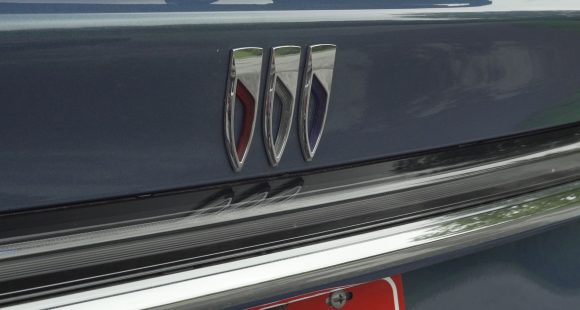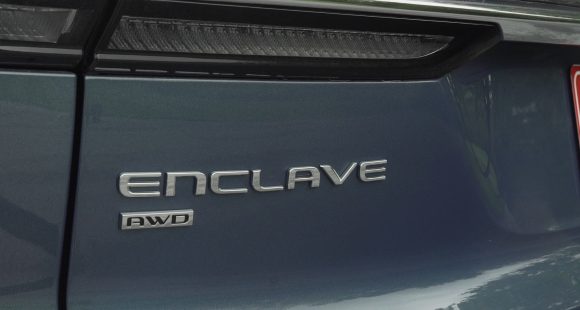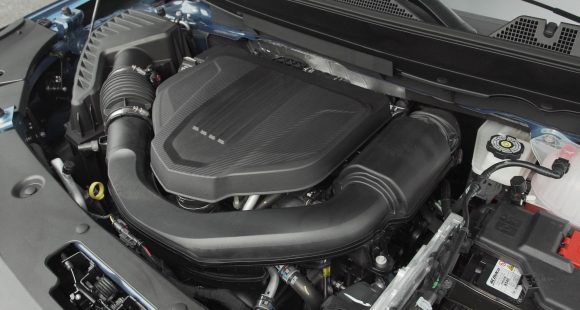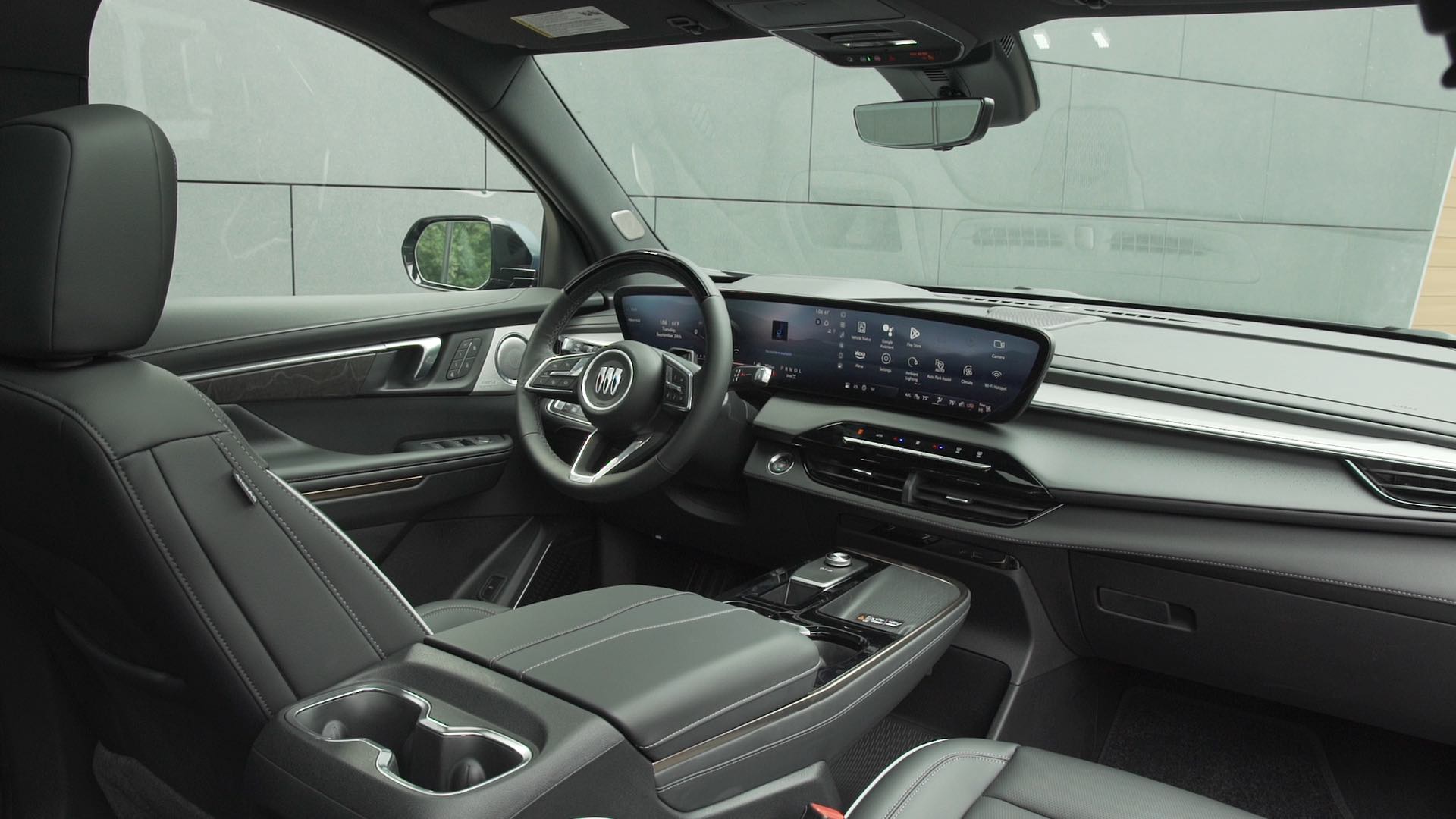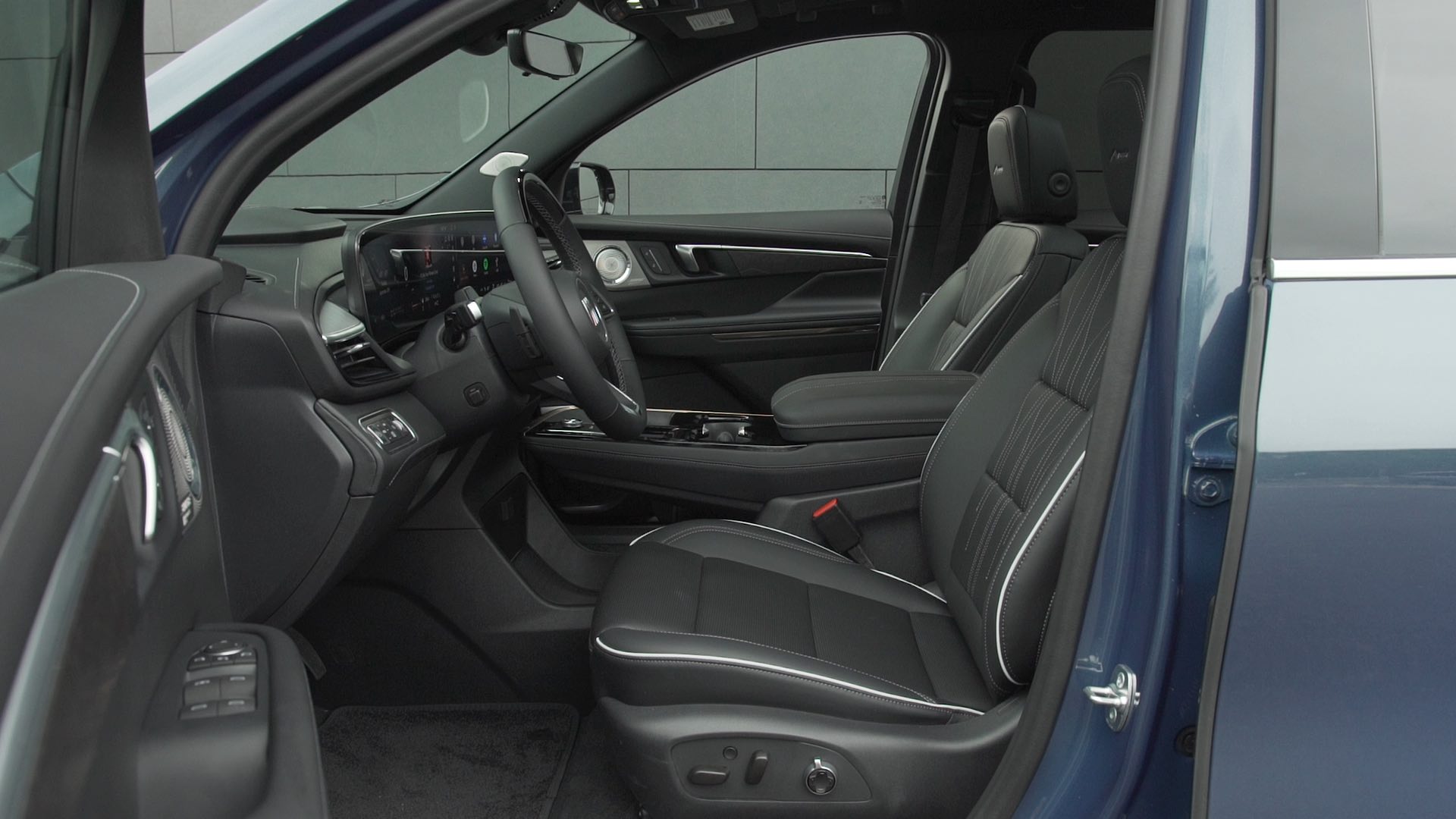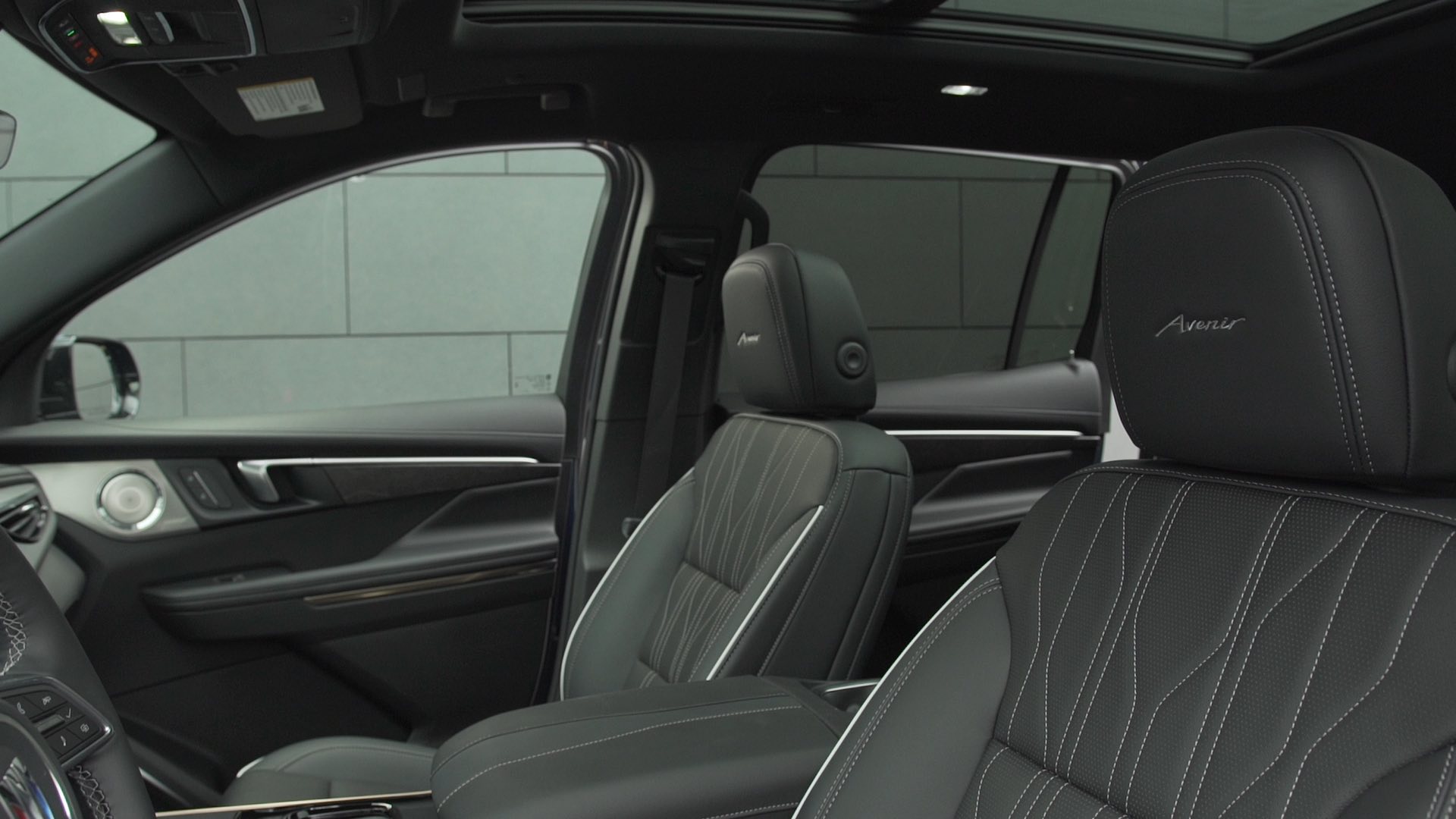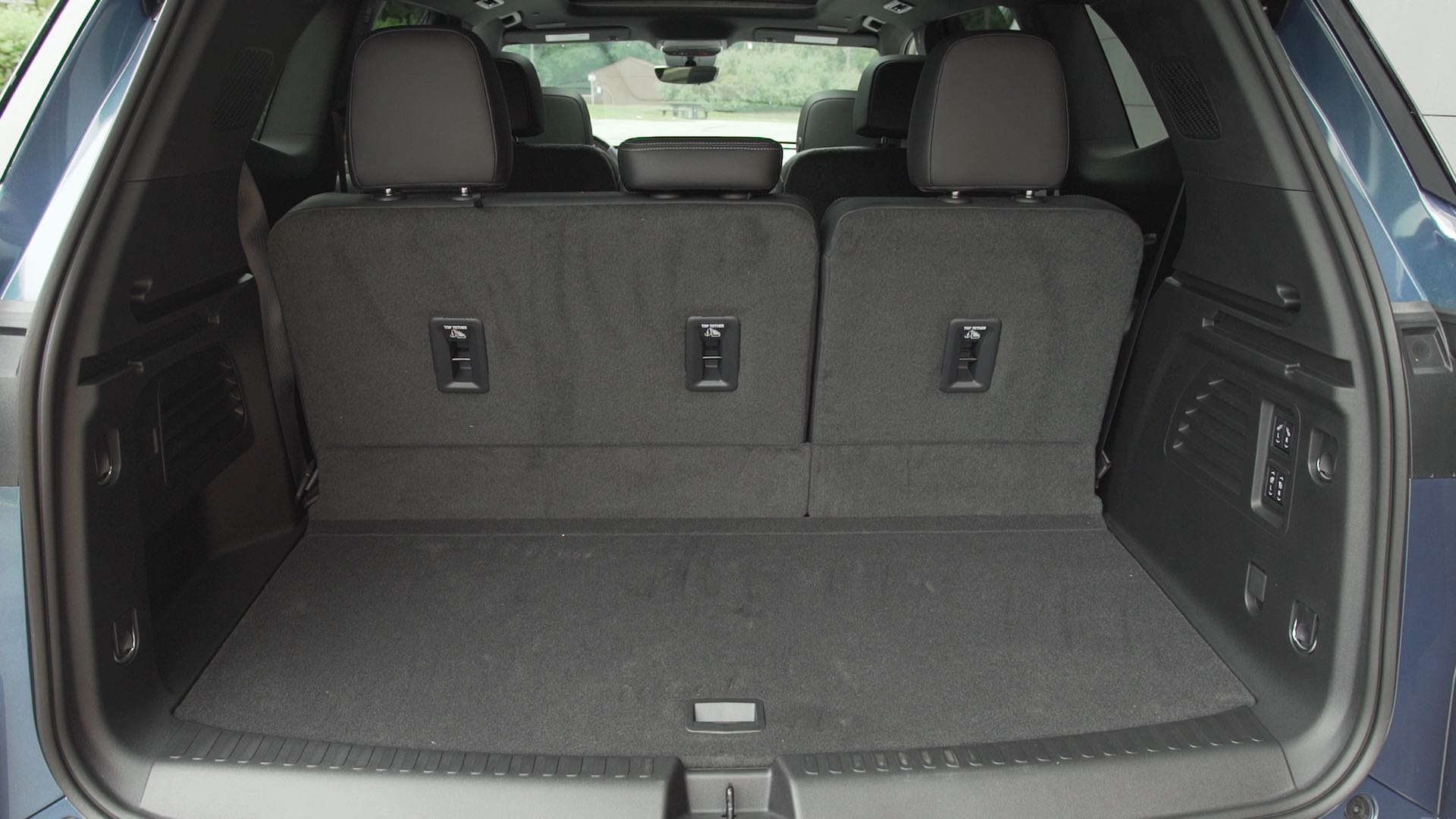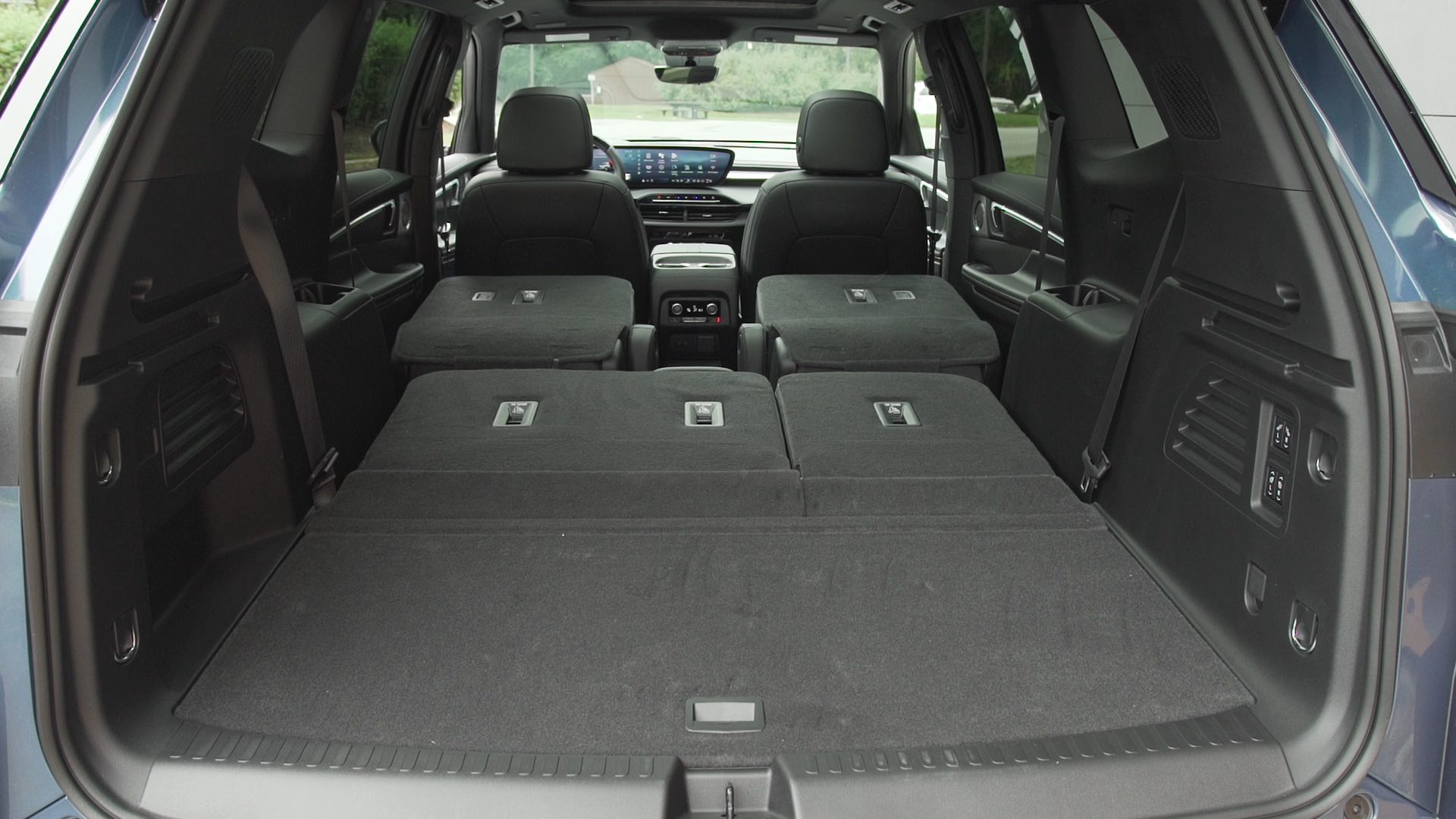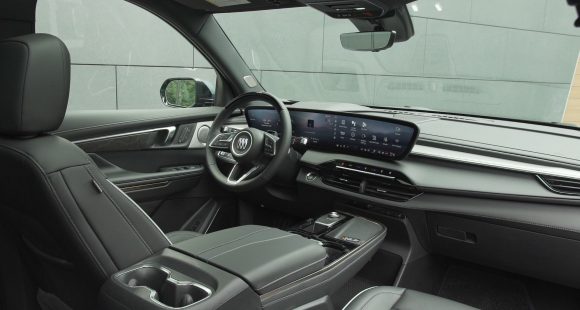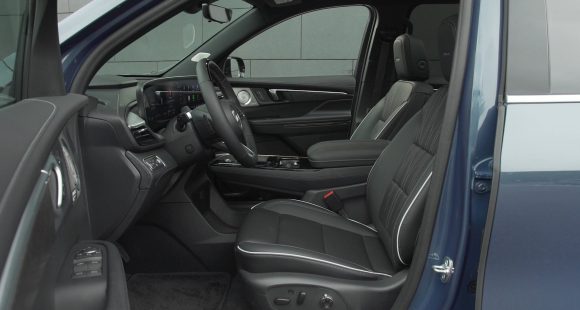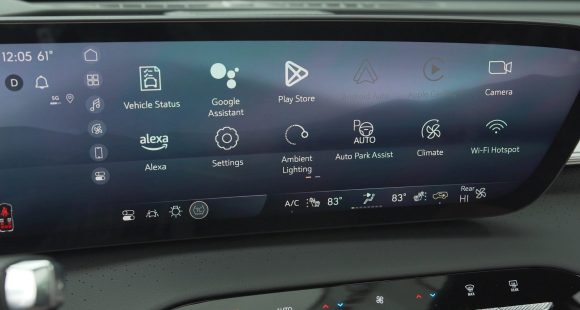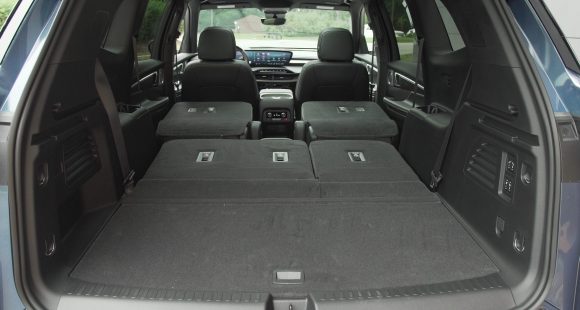2010 Subaru Outback
It was 1996 when Subaru decided to combine station wagon “garagability” with outdoorsy car-like utility. The Legacy Outback became known as “the world’s first sport utility wagon” and helped launch a new category of vehicles called crossovers. Since that time, mainstream crossovers have saturated the market, but the Outback has retained its unique and sporty wagon appeal, not to mention a growing fan base.
For 2010, the Subaru Outback enters its fourth generation and undergoes a full redesign. While Legacy is no longer part of its name, the Outback still shares its new platform with the sedan. This 5-door is wider, taller, yet a hair shorter than before. Wheelbase gains almost 3 inches to 107.9, yielding a larger interior.
And the new Outback isn’t just stouter, it’s more rugged-looking, while also taking cues from the new Legacy. The front end starts with a more upright grille, flanked by expressive-looking hawk-eye headlamps. On profile, scuff-resistant lower rocker moldings and body cladding further convey the Outback’s enhanced capability.
But this is no poser. With 16- and optional 17-inch wheels, ground clearance edges up to 8.7 inches, giving it more off-road potential than many crossover rivals. Up top are standard roof rails, with crossbars that swing into position only when needed, a segment first that helps minimize wind noise.
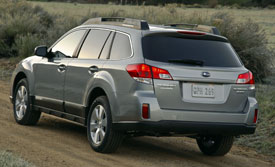 The body-colored D-Pillars help emphasize the new sectioned taillights, and give the Outback a more traditional rugged utility look than before.
The body-colored D-Pillars help emphasize the new sectioned taillights, and give the Outback a more traditional rugged utility look than before.
Hands-down, this is the roomiest Outback cabin to date. It’s also decidedly more upscale. Like Legacy, the dash is comprised of a variety of dissimilar shapes, well-drawn lines, and metallic trim.
Controls are laid out in a smart, easy-to-use manner. Ditto the standard electronic parking brake with hill holder, the first among non-luxury crossovers. And, with green motoring in mind, there’s even a gauge for monitoring fuel economy.
Seats are nicely contoured and padded for a high level of comfort. Our test 2.5i Limited had leather trim, 10-way power adjusters for the driver, as well as seat heat. A tilt/telescoping steering wheel with audio and cruise is now standard. This up-level tester also came with Bluetooth, dual-zone climate control, and a 440-watt Harmon-Kardon audio system. Other available high-end amenities include voice-activated navigation, a rear-view camera, and a power moonroof.
The spacious rear seat makes ample room for three and offers a new recline feature. The 60/40 fold adds excellent versatility to the Outback’s abundant cargo space. Room behind the 2nd row swells from 34.3 cubic feet to 71.3 with seats folded down. That’s a gain of 6 cubes over last year, and more than a Jeep Grand Cherokee. A pair of all-wheel drive boxer powertrains are also shared with the new Legacy.
 Standard is a revised 2.5-liter single cam four-cylinder with i-Active valve lift, outputting a square 170 horsepower and 170 pound-feet of torque. It pairs to either a six-speed manual or a CVT automatic.
Standard is a revised 2.5-liter single cam four-cylinder with i-Active valve lift, outputting a square 170 horsepower and 170 pound-feet of torque. It pairs to either a six-speed manual or a CVT automatic.
The 3.6R adds the Tribeca’s 3.6-liter 6-cylinder powerplant. This one sends 256 horses and 247 pound-feet through a 5-speed automatic.
Our 2.5 CVT generated Government Fuel Economy Ratings of 22 city/29 highway on regular gas. We achieved the expected 24.7 in real world driving.
The Energy Impact Score is a modest 14.3 barrels of oil consumed per year, while its Carbon Footprint measures a tidy 7.7 annual tons of CO2.
The downside to this environmental awareness is the long 10.1 seconds needed to get to 60 miles per hour. The quarter mile was equally painful at 17.8 seconds at 79 miles per hour. You can feel the boxer’s torque, but the CVT acts like a fire blanket.
The Outback sports a new double-wishbone rear suspension, and stability and traction control are now standard across the board. Still, handling is also no strong suit. Softly sprung, there’s very little feedback through the chassis. Steering is numb and lazy, and the high center of gravity results in lots of sway and body roll.
The Outback’s brakes are 4-wheel discs with ABS and new Brake Assist. Stops averaged a longish 133 feet from 60 to zero. There was good stability, but the Outback still stops like a much larger vehicle.
Fortunately, what the Outback lacks in track performance, it more than makes up for with a smooth, comfortable ride. It’s nice and cushy for long road trips and extended commutes. Pricewise, the new Outback begins at $23,690 for the base 2.5i. The 3.6R starts at $28,690.
The 2010 Subaru Outback returns with a bolder outer show, more utility-like practicality, and plenty of interior refinement. It’s not much of a driver’s car, but it’s ideal for family carting and an outdoor lifestyle. Add in mid-twenties fuel economy, and the Outback becomes an excellent alternative to the conventional crossover-and the main reason, we believe, that Outback’s popularity is bound to keep growing.
Specifications
- Engine: 2.5-Liter Single Cam Four-Cylinder
- Horsepower: 170
- Torque: 170 Lb Feet
- 0-60 MPH: 10.1 Seconds
- 1/4 Mile: 17.8 Seconds @ 79 MPH
- 60-0 MPH: 133 Feet
- EPA: 22 MPG City/ 29 MPG Highway
- Mixed Loop: 24.7 MPG
- Energy Impact: 14.3 Barrels Oil/Yr
- CO2 Emissions: 7.7 Tons/Yr
2025 Buick Enclave
Buick’s Biggest Utility Gets More Premium Look, Less Premium Powertrain
Buick is now an all SUV brand with the three-row Enclave sitting at the top of their lineup. And for this all-new third generation, it looks like Buick has finally given it the true flagship treatment it deserves. Reason enough for us to see what else new this posh performer has in store.
Don’t think of this 2025 Buick Enclave as just a new third generation of Buick’s largest three-row SUV, but more of a total reboot for a luxury segment pioneer. Part of that reinvention is swapping out the 3.6-liter naturally aspirated V6 engine, that has been the heart of this large crossover since it arrived on the scene for 2008, for a new 2.5-liter turbocharged four-cylinder.
Though using two fewer cylinders, it rates 18 more horsepower at 328. The gain in torque is even greater, climbing from 266 to 326 lb-ft.
Power from a start and when tooling around town feels pretty good, but you do notice that engine working hard under the hood; there is more engine noise and it’s not as smooth as many competitors who have also made the switch to turbo-four power. Max towing rating remains at 5,000 lbs. The new standard automatic transmission loses a gear, dropping from nine to eight, a simplifying move we applaud. All-wheel drive is a $2,000 option with all trims.
The Enclave rides on the same front-wheel-drive based chassis that supports the Chevrolet Traverse and GMC Acadia. It remains the most luxurious of the three, though all have made big upward strides. And that luxurious feel is very evident inside where things appear special without flaunting it. Materials are vastly improved over the last gen, especially in top Avenir trim which is the choice for most Enclave buyers.
Front seats are very comfy, well suited for long days of highway travel. It’s hard to miss the 30-inch ultra-wide display, similar to Cadillac’s. It is big, but not intimidating as operation is very logical and you can easily configure things as you want them, including bringing the nav screen up full in front of the driver.
Front seats are very comfy, well suited for long days of highway travel.
Between the seats is a very substantial console with lots of storage space and standard wireless phone charging. There is definitely room for full-size adults in all three rows of seating. Big, plush captain’s chairs with all trims for the second row; and a less plush but still comfortable three-place third row.
GM’s Super Cruise has now made it to Buick’s lineup, available as a standalone package for any trim. It remains a favorite of ours for hands-off highway cruising. Despite feeling adequately powered on the street, the Enclave’s turbo-four felt a little out of its element at our Mason Dixon Dragway test track. There was very little jump off the line, just a slow wind up to 60 of 8.0 seconds, with the quarter-mile completed in 16.0 seconds flat at 92 mph.
We could really feel the Enclave’s weight in our handling course, about 150-lbs. over last year, even with less motor under the hood. But there was very little body roll, and no excessive oversteer or understeer. In panic braking runs, there was good feel through the pedal, and solid stops from 60 averaging a fine 111 feet.
To all of our eyes, the Enclave is bigger yet much better looking than before. Now more sophisticated using Buick’s PURE philosophy which emphasizes Purity in design, Unexpected details, Refined finishes, and Exceptional execution.
With all-wheel drive, Government Fuel Economy Ratings are 19 City, 24 Highway, and 21 Combined; we managed a great 24.9 mpg of Regular. That’s a slightly below average Energy Impact Score, consuming 14.2 barrels of oil yearly, with 7.0 tons of CO2 emissions.
No more Essence or Premium Enclaves, as the new gen brings new trim names along with it; the base option now being Preferred which starts at $46,395, and unless you choose white, you’ll be paying extra for all exterior colors. Just a short step from there to the Sport Touring for $48,795, and then a much bigger bounce up to Avenir at $59,395.
With so many big utes now aimed at luxury and near luxury buyers, it’s getting harder and harder for Buick to stand out. Being an all-utility brand, with one of the freshest lineups in the industry, will no doubt help. The 2025 Buick Enclave is a very stylish, well-equipped, well executed large three-row crossover that’s priced right.
Specifications
As Tested
- Engine: 2.5-liter turbo-4
- Transmission: 8-speed automatic
- Horsepower: 328
- Torque: 326 lb-ft.
- EPA: 19 City | 24 Highway | 21 Combined
- 0-60 mph: 8.0 seconds
- 1/4 Mile: 16.0 seconds at 92 mph
- Braking, 60-0 (avg.): 111 feet
- MW Fuel Economy: 24.9 mpg (Regular)








